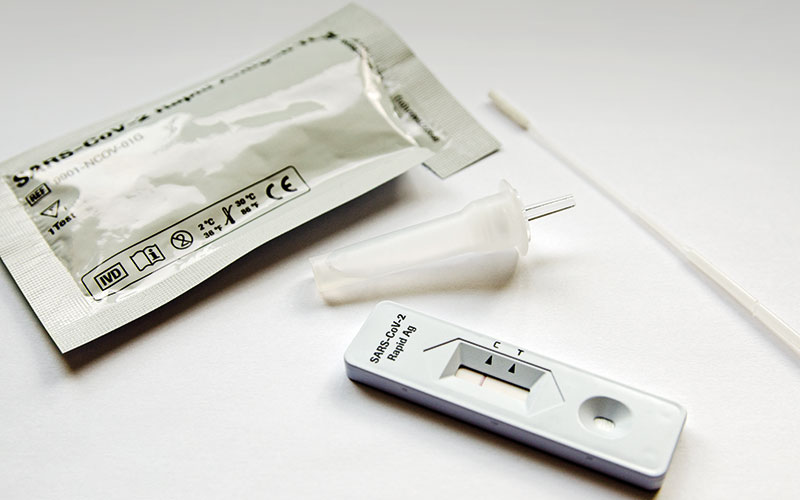This month we ask “Will lateral flow tests be transformative in opening up society again?”


POCT Manager
Harrogate and District NHS Foundation Trust
Much has been critically written about the accuracy, effectiveness and usefulness of lateral flow tests (LFTs), which are rapidly being deployed across healthcare, education and workplaces in a bid to facilitate the country permanently exiting lockdown. Unfortunately, LFTs are likely to delay long-term progress in reopening society due to the reported high number of false negative and positives especially when used inappropriately.
The government proposes that LFTs are used in asymptomatic individuals, proposing that they are a useful tool as part of a combined effort in slowing down the spread of the virus. But LFTs are designed to be used in symptomatic individuals and when used in asymptomatic individuals, sensitivity is further reduced, making this proposal somewhat flawed. LFTs could be useful when used appropriately in the right setting, but throwing them out for widespread public use as a twice-weekly test in asymptomatic individuals could be a massive error. Work is needed to further utilise ongoing scientific evidence to continue to develop the guidance ensuring they are used for a suitable purpose and any ambiguity is identified and removed.
Rapid tests can be valuable only if there is a defined, evidence-based care pathway. Without they are, at best, expensive and add no value, but at worse they could be a public healthcare risk contributing to virus rates increasing as the UK reopens.

Infection Sciences Operational Manager
North Cumbria Integrated Care NHS Foundation Trust
I think we can safely say that LFTs split the crowd. As biomedical scientists, we would be much happier if everyone could have PCR tests, especially now that prevalence is low in the circulating population, but that’s just not feasible.
We know that PCR provides the most sensitive test and the rate of false positives remains extremely low. But we still have issues with timeliness of testing and the determination of what is “active” virus. Obviously, some of this doesn’t matter if you’re testing symptomatic patients who are already isolating, but that’s not the case if you’re testing the asymptomatic population.
Because LFTs test for proteins produced by the virus and not RNA, it makes the testing technology mass producible. So is this how we can using testing to open society back up? We know the sensitivity of the test is much lower and is prone to false positives, but it can pick up infections at four to eight days in the infection cycle. Tests may also miss asymptomatic positive cases but, these people wouldn’t have been tested anyway, as they weren’t displaying symptoms. Picking up some cases must be better than none? Numerous papers have been published stating different sensitivity rates for LFTs but, ultimately, if you are displaying symptoms get your PCR test and isolate. If you’re not and have been offered LFTs, test twice weekly (but please do it properly, otherwise you may as well not bother) and, should you test positive, get your confirmatory PCR ASAP.

Biomedical Scientist, Virology Manager
Belfast Health & Social Care Trust
The last year has been a traumatic experience across society, however, it has also been a period of unprecedented scientific innovation. In diagnostics we have embraced the challenge with new tests being introduced in what feels like a daily event.
One of the most innovative techniques is the use of LFTs. We are now presenting society with a methodology to rapidly assess en masse the infection risks of individuals and, therefore, prevent viral spread. This enabling tool empowers us in isolating genuine positive cases quickly and those most infectious. Although LFTs are less sensitive than PCR, they will detect those with a high viral load and hence most infectious. This rapid turnaround enables us to respond more effectively, cutting the transmission pathway and allowing people to carry on with normal life.
LFTs have many advantages in that they are inexpensive, easy to use, mass produced and don’t produce many false positives. A big advantage is that you can self-test, which is clearly very useful in maximising availability to testing to population levels.
This allows us to control outbreaks and reduce the risk of close contacts but, above all, give people the confidence to embrace normality.
Yes, LFTs have the potential to play a key part in reopening of society, however, the combination of vaccination, easily accessible testing, PPE and social distancing are all important.
Image credit | Shutterstock




